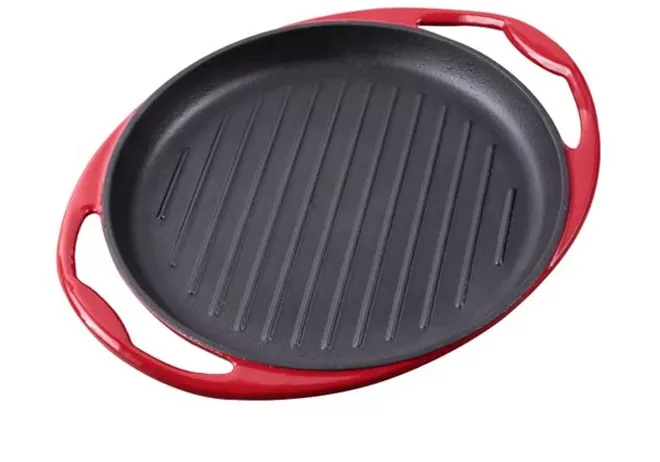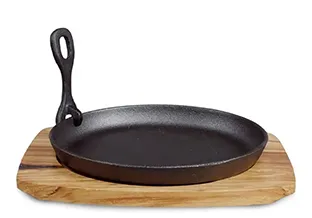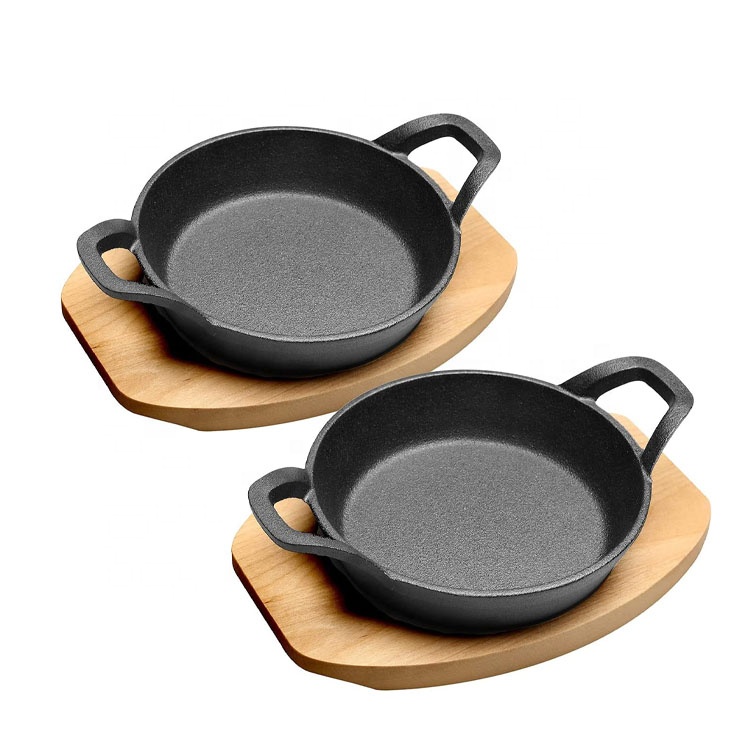tio2 white manufacturer
Pure PVB is non-toxic and harmless to human body. In addition, ethyl acetate or alcohol can be used as solvent, so PVB is widely used in printing ink of food containers and plastic packaging in European and American countries.
Storage safety properties
PVB can be stored for two years without affecting its quality as long as it is not in direct contact with water; PVB shall be stored in a dry and cool place and avoid direct sunlight. Heavy pressure shall be avoided during PVB storage.
Solubility
PVB is soluble in alcohol, ketone, ester and other solvents. The solubility of various solvents changes according to the functional group composition of PVB itself. Generally speaking, alcohol solvents are soluble, but methanol is more insoluble for those with high acetal groups; The higher the acetal group, the easier it is to dissolve in ketone solvents and ester solvents;
PVB is easily soluble in cellosolve solvents; PVB is only partially dissolved in aromatic solvents such as xylene and toluene; PVB is insoluble in hydrocarbon solvents.
Viscosity characteristics of PVB solution
The viscosity of PVB solution is greatly affected by the formula of solvent and the type of solvent; Generally speaking, if alcohol is used as solvent, the higher the molecular weight of alcohol, the higher the viscosity of PVB solution;
Aromatic solvents such as xylene and toluene and hydrocarbon solvents can be used as diluents to reduce the viscosity of PVB solution; The effect of PVB chemical composition on viscosity is summarized as follows: under the same solvent and the same content of each base, the higher the degree of polymerization, the higher the solution viscosity; Under the same solvent and the same degree of polymerization, the higher the acetal group or acetate group, the lower the solution viscosity.
Dissolution method of PVB
Where mixed solvents are used, the dissolution step is to first put aromatic solvents (such as xylene, toluene, etc.) or ester solvents (such as n-butyl acetate, ethyl acetate, etc.) into the mixing, slowly put PVB into the mixing, and then add alcohol solvents (such as n-butanol, ethanol, etc.) after PVB is dispersed and expanded,
At this time, the dissolution time can be shortened by heating; Using this dissolution method, the formation of lumpy PVB can be avoided (because the dissolution time will be several times after the formation of lumpy PVB), so the dissolution speed can be accelerated. Generally, the ratio of aromatic and alcohol solvents is 60 / 40 ~ 40 / 60 (weight ratio), and PVB solution with low viscosity can be prepared.
The solvent composition contains 2 ~ 3wt% water, which can improve the hydrogen bonding strength of alcohol solvents and help the solubility of PVB.
Processing properties
Although PVB resin is a thermoplastic, it has little processability before plasticizer is added. Once plasticizer is added, its processability is very easy.
The purpose of general coatings and adhesives is to change the resin characteristics by adding plasticizers to meet the application requirements, such as film softness, reducing the TG point of the resin, reducing the heat sealing temperature, maintaining low-temperature softness, etc.
Compatibility
PVB can be compatible with a variety of resins, such as phenolic resin, epoxy resin, alkyd resin and MELAMINE resin.
B-08sy, b-06sy and b-05sy with high acetal degree can be mixed with nitrocellulose in any proportion. PVB and alkyd resin are partially compatible. General PVB is compatible with low molecular weight epoxy resin, while high molecular weight epoxy resin needs PVB with high acetal degree to be compatible with each other.
Pure PVB is non-toxic and harmless to human body. In addition, ethyl acetate or alcohol can be used as solvent, so PVB is widely used in printing ink of food containers and plastic packaging in European and American countries.
Storage safety properties
PVB can be stored for two years without affecting its quality as long as it is not in direct contact with water; PVB shall be stored in a dry and cool place and avoid direct sunlight. Heavy pressure shall be avoided during PVB storage.
Solubility
PVB is soluble in alcohol, ketone, ester and other solvents. The solubility of various solvents changes according to the functional group composition of PVB itself. Generally speaking, alcohol solvents are soluble, but methanol is more insoluble for those with high acetal groups; The higher the acetal group, the easier it is to dissolve in ketone solvents and ester solvents;
PVB is easily soluble in cellosolve solvents; PVB is only partially dissolved in aromatic solvents such as xylene and toluene; PVB is insoluble in hydrocarbon solvents.
Viscosity characteristics of PVB solution
The viscosity of PVB solution is greatly affected by the formula of solvent and the type of solvent; Generally speaking, if alcohol is used as solvent, the higher the molecular weight of alcohol, the higher the viscosity of PVB solution;
Aromatic solvents such as xylene and toluene and hydrocarbon solvents can be used as diluents to reduce the viscosity of PVB solution; The effect of PVB chemical composition on viscosity is summarized as follows: under the same solvent and the same content of each base, the higher the degree of polymerization, the higher the solution viscosity; Under the same solvent and the same degree of polymerization, the higher the acetal group or acetate group, the lower the solution viscosity.
Dissolution method of PVB
Where mixed solvents are used, the dissolution step is to first put aromatic solvents (such as xylene, toluene, etc.) or ester solvents (such as n-butyl acetate, ethyl acetate, etc.) into the mixing, slowly put PVB into the mixing, and then add alcohol solvents (such as n-butanol, ethanol, etc.) after PVB is dispersed and expanded,
At this time, the dissolution time can be shortened by heating; Using this dissolution method, the formation of lumpy PVB can be avoided (because the dissolution time will be several times after the formation of lumpy PVB), so the dissolution speed can be accelerated. Generally, the ratio of aromatic and alcohol solvents is 60 / 40 ~ 40 / 60 (weight ratio), and PVB solution with low viscosity can be prepared.
The solvent composition contains 2 ~ 3wt% water, which can improve the hydrogen bonding strength of alcohol solvents and help the solubility of PVB.
Processing properties
Although PVB resin is a thermoplastic, it has little processability before plasticizer is added. Once plasticizer is added, its processability is very easy.
The purpose of general coatings and adhesives is to change the resin characteristics by adding plasticizers to meet the application requirements, such as film softness, reducing the TG point of the resin, reducing the heat sealing temperature, maintaining low-temperature softness, etc.
Compatibility
PVB can be compatible with a variety of resins, such as phenolic resin, epoxy resin, alkyd resin and MELAMINE resin.
B-08sy, b-06sy and b-05sy with high acetal degree can be mixed with nitrocellulose in any proportion. PVB and alkyd resin are partially compatible. General PVB is compatible with low molecular weight epoxy resin, while high molecular weight epoxy resin needs PVB with high acetal degree to be compatible with each other.
Prof Maged Younes, Chair of EFSA’s expert Panel on Food Additives and Flavourings (FAF), said: “Taking into account all available scientific studies and data, the Panel concluded that titanium dioxide can no longer be considered safe as a food additive . A critical element in reaching this conclusion is that we could not exclude genotoxicity concerns after consumption of titanium dioxide particles. After oral ingestion, the absorption of titanium dioxide particles is low, however they can accumulate in the body”.
The paper industry also benefits from the use of titanium dioxide, as it enhances the brightness and opacity of paper products
Well asides from making you re-think that M & M addiction (chocolate coated in Titanium Dioxide…..anyone?!)








